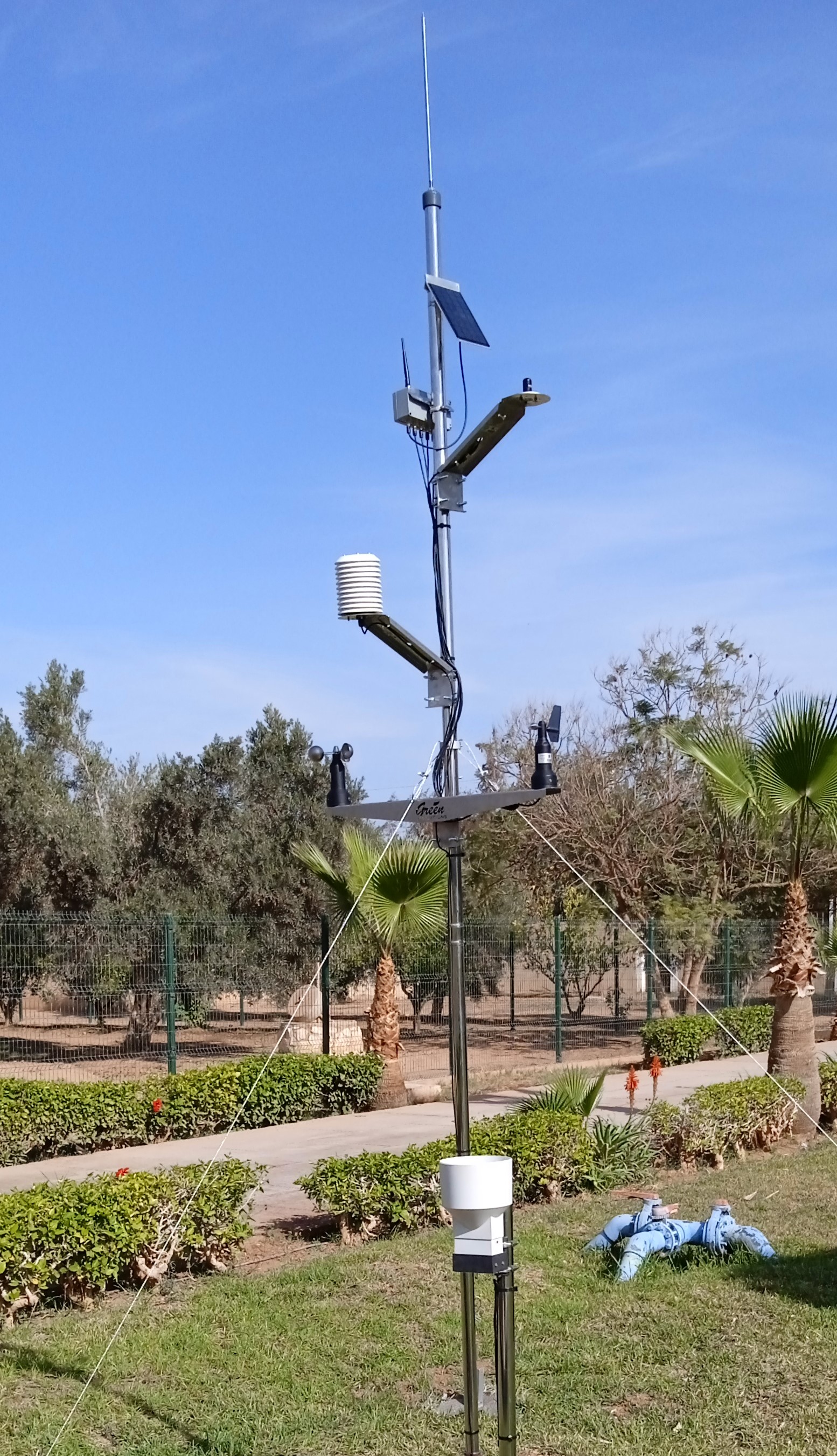Agricultural water saving within the field scale is a multidimensional practice which involves several levels starting from crop water requirement quantification to the monitoring of soil water level. Theoretically, irrigation water efficiency use is the quantitative indicator which was, first, limited to the ratio of root consumed water by that applied, then expanded to technical and economic irrigation performances. By including crop agronomic and physiological mechanisms, the other quantitative indicator is water productivity. The most practical and simplest expression of this parameter is the harvest level obtained per unit of used irrigation water.
On the field, optimizing water efficiency and productivity requires rigorous monitoring of the various interfaces involving water use mainly.
Atmosphere-crop interface: The water requirements of a crop are the result of interactions between the surrounding atmosphere and, mainly, its foliage. At this level, crop water needs are quantified through weather station measurements that remains the most reliable, complete and sustainable source of weather parameters. Real time measurements by smart sensors are, in fact, performed and collected than sent to smartphone or laptop’s farmer.
 weather station
weather station
Soil-crop interface: The soil is the matrix that receives, retains and releases water. The irrigation water use efficiency is directly affected by water supply management that depends on soil properties. The soil is supposed to be moist enough to avoid both water stress and excess. Practically, these two thresholds are monitored by sensors measuring real-time soil moisture.
